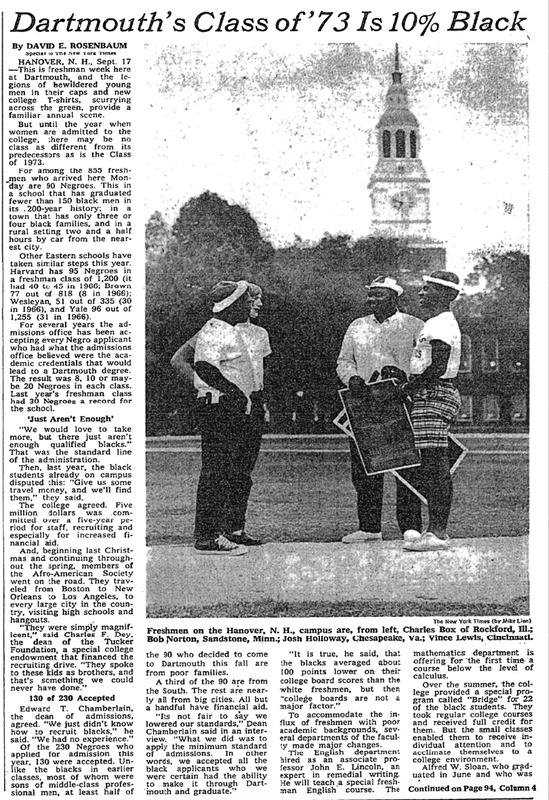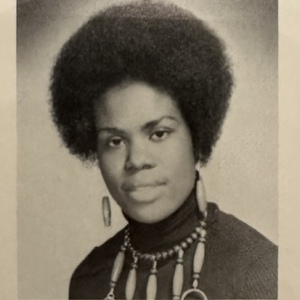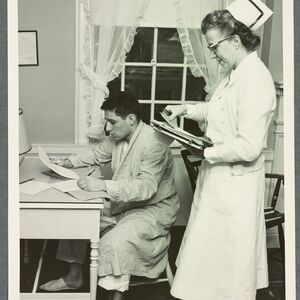Dartmouth Students and Staff were Unfamiliar with Black Culture
While the first Black student, Edward Mitchell, was admitted to Dartmouth in 1824, it was not until the late 1960s that Dartmouth began admitting Black students in appreciable numbers. Starting in the fall of 1969 and continuing throughout the 1970s, Dartmouth began admitting roughly 90 Black students per year (Platt 2013). According to a 1969 New York Times article, the Dartmouth College administration stated “we would love to take more, but there aren’t enough qualified blacks” (Rosenbaum 1969).
Many Black students felt alienated and scrutinized by their white peers. In The Education of Black Folk, Allen Ballard, one of the first African Americans at Kenyon College, writes “For eighteen hours a day, our manners, speech, style of walking were on trial before white America” (Ballard 1973). During the interview, Landsmark shared that Black students were “not understood” by the other students at Dartmouth. Unfamiliar with Black culture, white students did not understand afros, afro picks, grease, or ashiness. In Upending the Ivory Tower, author Stefen Bradley writes “some white women had problems with the afros that black women wore but others had problems with the smell of the relaxer that some black women used” (Bradley 2018).
“The whole point of Dartmouth was to produce a cosmopolitan entity capable of doing business. And so the students, many of them were like, what do you mean ashy? And what about that hair? You know, and it was really, I felt, sometimes, we were being studied, not understood. They had no idea. They had no afro picks, they had no grease." -Landsmark
Landsmark shared a personal experience in which she felt like she was “being studied” at Dartmouth (Landsmark 2022). After her nose piercing hole closed, Landsmark went to Dick’s House and told the physician “I just want [the nose ring] back in” (Landsmark 2022). As Landsmark was speaking, the physician drew “a profile of a head” on a pad, with an X marking the “hole in her nose” (Landsmark 2022). According to Landsmark, “he was documenting this crazy girl, who had a hole in her nose” (Landsmark 2022).



